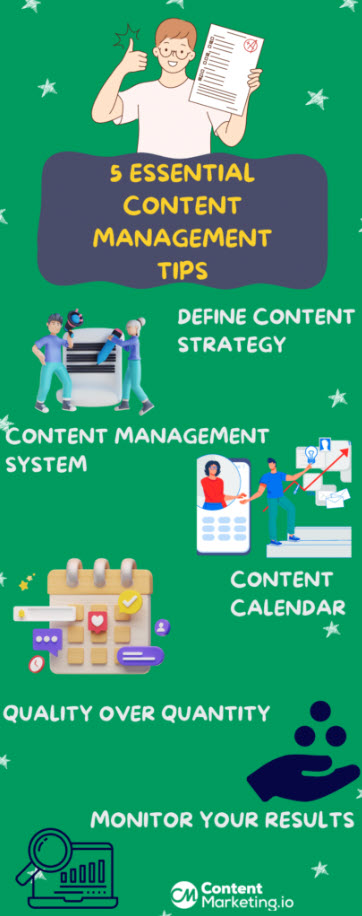Here are some essential safety tips for using a Content Management System (CMS):
- Regular Updates: Always keep your CMS, themes, and plugins updated to the latest versions to protect against vulnerabilities.
- Strong Passwords: Use complex passwords and encourage users to do the same. Consider implementing two-factor authentication (2FA).
- User Permissions: Limit user access based on roles and responsibilities. Only grant permissions necessary for each user’s tasks.
- Regular Backups: Implement a regular backup schedule to ensure you can restore your site in case of an attack or data loss.
- Security Plugins: Use security plugins or tools that offer features like firewalls, malware scanning, and intrusion detection.
- HTTPS Protocol: Ensure your site uses HTTPS to encrypt data transmitted between the server and users.
- Monitoring and Auditing: Regularly monitor your site for unusual activity and conduct security audits to identify weak points.
- Firewall Protection: Consider using a web application firewall (WAF) to filter and monitor HTTP traffic to and from your site.
- Secure Hosting: Choose a reputable hosting provider that offers strong security measures and support.
- Educate Users: Train users on best practices for security, such as recognizing phishing attempts and avoiding suspicious links.
- Limit Login Attempts: Implement a limit on login attempts to prevent brute force attacks.
- Disable Unused Features: Turn off any features or plugins that are not in use to reduce potential vulnerabilities.
- Content Review Process: Establish a review process for content uploads to prevent malicious code from being added.
- Regular Security Scans: Conduct regular security scans to identify and address vulnerabilities promptly.

By following these safety tips, you can significantly enhance the security of your CMS and protect your website from potential threats.